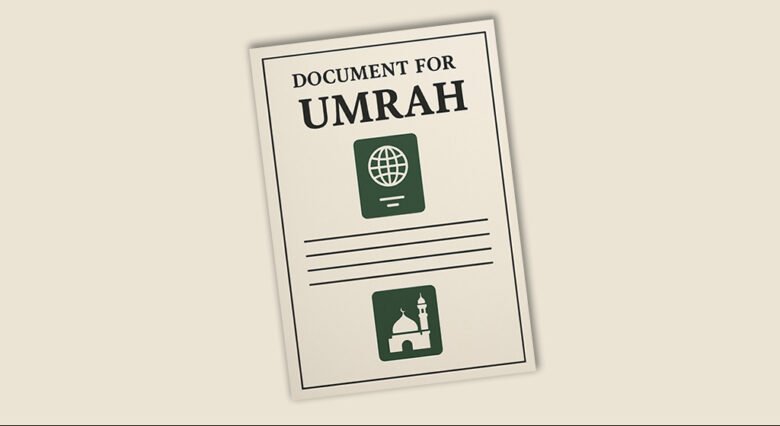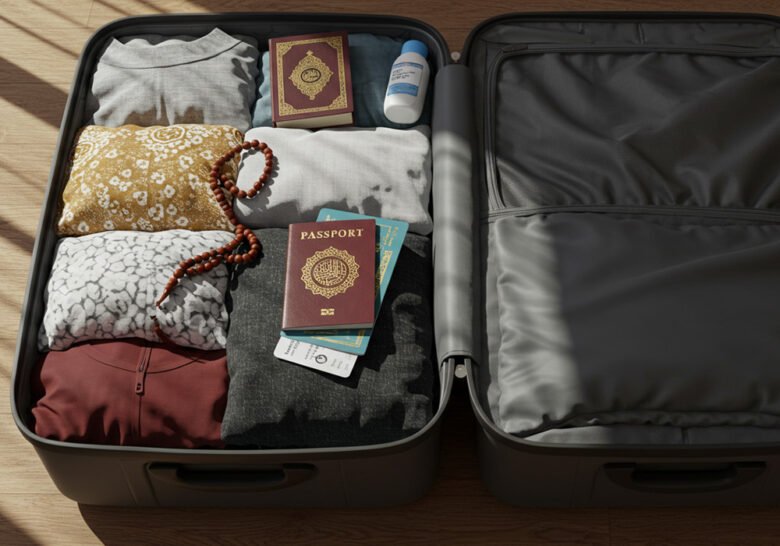Learning how to perform Umrah is more than just understanding rituals—it’s about answering a sacred invitation from Allah (SWT). For many Muslims, it’s a lifelong dream filled with reflection, humility, and spiritual renewal. Especially if you’re a beginner, the experience can feel both overwhelming and deeply moving. This step-by-step guide will help you prepare for how to perform Umrah with clarity and peace of heart, so you can focus on what truly matters—your connection with Allah.
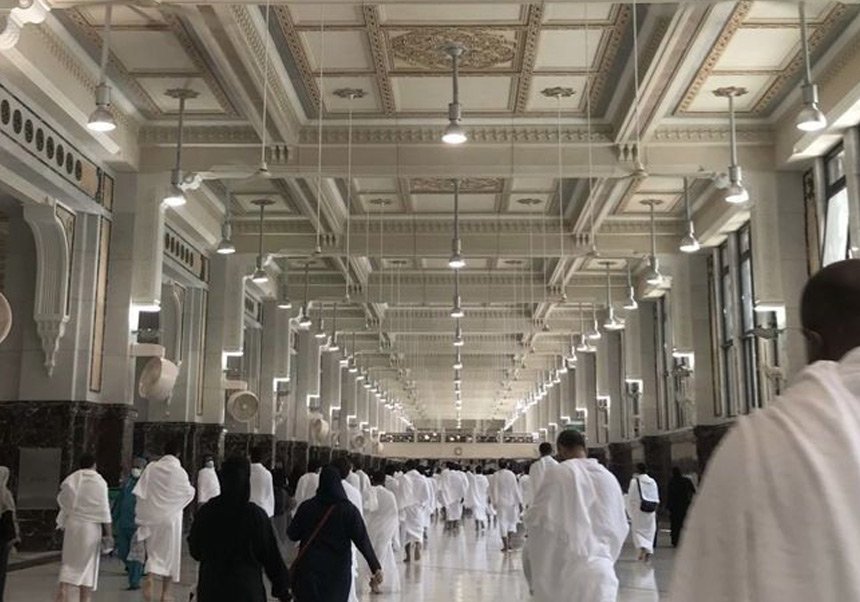
The essential steps on how to perform Umrah are given below:
Step 1: Start with the Right Intention – Here’s What It Means to Prepare Spiritually
The very first step of performing Umrah is personal readiness and setting the right intention (Niyyah). This essential part is as relevant as it focuses on the pilgrim’s inner world of the pilgrim with the purpose of the pilgrimage. The Prophet Muhammad (peace be upon him) underlined the significance of intention by declaring, “Verily, deeds are judged by intentions.”
Before you set off for Umrah, say these sacred given duas. The prayer requests Allah’s help and blessings on your journey. Pilgrims should get their hearts as clean as possible and focus on seeking forgiveness their pilgrimage to Allah alone.
Step 2: Don’t Skip This—Health, Vaccines & Safety Must-Knows Before You Go
Safety and good health are the number one considerations while going for Umrah. The Centers for Disease Control and Prevention (CDC) recommends that pilgrims receive these required vaccinations, including the meningococcal vaccine. Proper hydration and sanitation are also equally important, especially given the crowded and hot climate of Mecca.
For U.S. citizens, the U.S. Department of State suggests signing up for the Smart Traveler Enrollment Program (STEP). This service is free, and it allows travelers to obtain the latest safety alerts and makes it easier for the nearest U.S. embassy or consulate to contact them in the event of an emergency. Issuing passports and being alert against scams are some other basic security measures.
Purchasing the best travel insurance that will take care of all medical expenses, including travel delays and cancellations, is recommended. Pilgrims are also urged to prepare their bodies prior to the trip by keeping fit.
Step 3: Time to Enter Ihram – What to Wear, Say, and Do at the Miqat
The step of Ihram is a key moment in how to do Umrah. Ihram refers to both the hallowed condition a pilgrim reaches and the specific garb worn during that time. The Miqat is the symbol of the point of the Ihram initiation for all pilgrims before entering Mecca.
The Ihraam entrance process has quite a few steps that are necessary to follow:
- Performing Ghusl (full body ablution) first of all
- Keeping clean and, if necessary, cutting nails
- For men: Wear two white, unstitched cloths
- For ladies: Wear loose, but not too light, clothes that cover the body, with hands and faces shown
Expressing the intention (niyyah) for Umrah:
“Reciting the Talbiyah: “Here I am [O Allah] Here I am. No partner do you have? Here I am. Indeed, your praise, grace, and sovereignty are mine. No partner do you have?
Step 4: How to Perform Tawaf – A Key Step in Your Umrah Journey
Tawaf, as a lead ritual in performing Umrah, is the turning around the kaaba seven times in a counterclockwise manner. It starts with a face-to-face encounter with the Black Stone, which implies the introduction of the thought to make Tawaf, and then the seven circuits that follow.
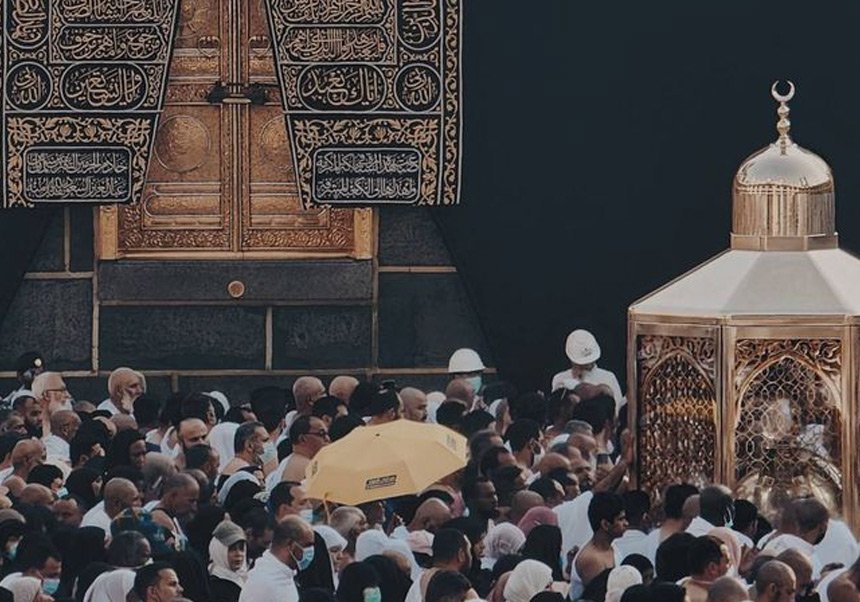
While performing Tawaf, pilgrims are encouraged to recite supplications and meditate upon Allah. The area can be very crowded at times, with peak times being the most affected. Try to avoid the rush and come during times when it’s less crowded, for example, late at night or early in the morning.
Constant concentration on the matter of sincerity and undivided endeavors in the Tawaf exercise enables participants to establish strong connections. Plead with God for your offenses, and that He may reward you with the blessings of worship.
It is a sunnah to recite the following du’a between the Rukn al-Yamani and the Hajar al-Aswad:
Step 5: Walk Between Safa & Marwah – The Story Behind This Beautiful Ritual
This practice of Sa’i is closely associated with the story about Prophet Ibrahim’s (peace be upon him) wife, Hagar, who desperately searched for water for her child Ismail. It represents the qualities of effort and the seeing of the purpose of the land, which is ALLAH’s gift of sustenance to us.
The pilgrims, during Sa’i, should:
- Start at Safa, make the Kaaba your direction
- Recite the supplication: “Truly, Safa and Marwa are among the signs of Allah”[74]
- Walk or run between the two small hills seven times
- Make your dua and say the supplication along your way
Notes: In case you have a plan to make another Umrah in the future, then you should assume Ihram without entering the boundary of the Haram before returning to Masjid al-Haram to make Umrah. The nearest and most convenient place to enter into Ihram is Masjid Aisha. It is close to the mosque, where facilities for transportation to get there are accessible.
Step 6: Halq or Taqsir – Ending Umrah with a Fresh Start
The last part of the process of Umrah is Halq (Shaving) or Taqsir (Trimming). It is a head shave for men and a part of hair about the length of a fingertip for men and women, respectively. The shaving nicely illustrates meekness and denotes the passing of the Ihram.
These are the main points:
- Men can either shave off the whole hair or rather make use of trimmers to cut down the hair length, which they might prefer.
- Waist-length hair for women should be clean and trimmed so that at least a fingertip is visible.
- This ritual is a proof of ending the Umrah and seeking Allah’s mercy and forgiveness.
It is sunnah to recite Surah al-Kafirun (Surah 109) in the first rak’ah and Surah al-Ikhlas (Surah 112) in the second, after Surah al-Fatiha. Make sure you make plenty of du’a after completing the prayer.
Dua, Zamzam, and Gratitude – And These Final Moments
After you have finished the rites, the next step is to take time to sit for a while, engage in some personal reflection, and give thanks. Yet, too often, we leave out this part, which is very integral in how you perform umrah.
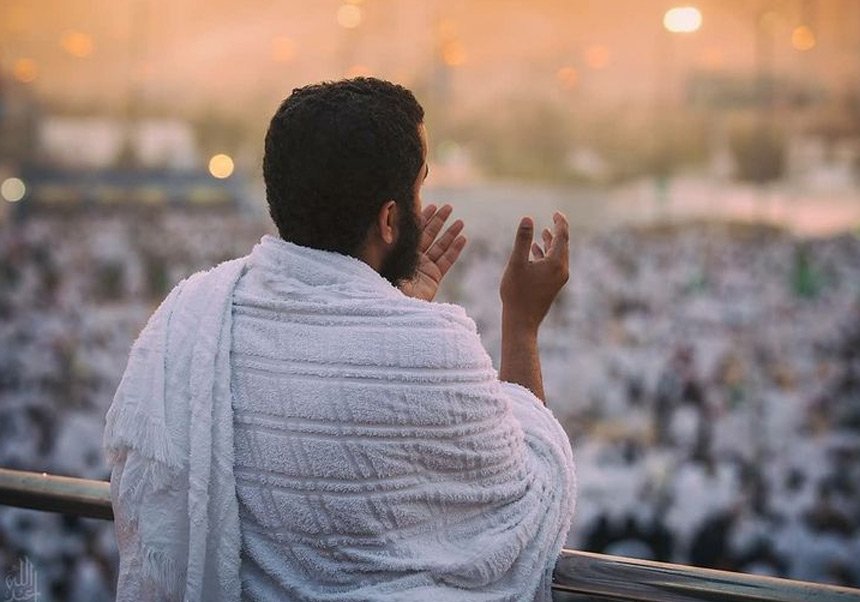
Encouraged habits are:
- Making duas from your heart close to the Kaaba
- Drinking Zamzam water, then meditating on the water’s significance
- Staying quietly for some time alone to think over the trip and the way it has influenced you
- Bonding spiritually with God by making promises to become better individuals post-Umrah
By mastering these steps and envisioning the correct purpose, believers entering into a deeper state of spirituality and experiencing a connection to Allah can realize that these actions are. Understanding how to perform Umrah for ladies is of great importance to the spiritual development of any person, and equally important for men to know. The pilgrims can rest assured through this approach that they will have a transformative experience. Even if Umrah is mostly seen as a physical activity, the spiritual components, such as spiritual evolution through connection to the divine, are more important aspects of these rituals.


